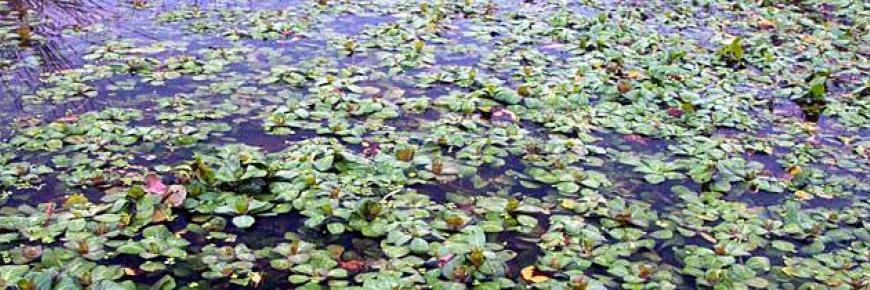Targeting & Prioritisation
The Two Seas area is a ‘hot spot’ for invasive species.
At least 30% of all non-native species registered in Europe are present in the Two Seas area, despite it representing only 9.7% of the total area. In fact 77% of the worst INS identified in this study have already been detected in the Two Seas area. There are 3454 non-native species currently present in the RINSE countries.
To effectively tackle invasive non-native species, prevention is by far the best cure. Protecting Europe from the initial introduction of non-native species prevents them ever reaching their invasive potential and safeguards local biodiversity. With this in mind, the RINSE project commissioned Cambridge University to undertake a study of the invasion patterns of non-native species to allow us to predict where a non-native species may thrive and become invasive within Europe.
The primary output of this investigation was a series of Species Distribution Models (SDMs). These models use data on the environmental preferences of a species to highlight the areas which will be most suitable for it - thereby predicting its distribution if there was a successful invasion in the future. Take a look at the example below for the Quagga mussel Dreissena r. bugensis.

By overlaying the SDMs for several individual species, a bigger picture of the RINSE areas facing the highest risk of invasion becomes clear.

These invasion ‘heat maps’ could influence future policy changes on invasive non-native species and encourage stricter bio-security; enabling governments to target their limited resources in the most effective and efficient way. The species identified in this study as ‘high risk’ guided the work conducted in RINSE Work Package 2: training and raising awareness.
Species Distribution Models (SDMs)
To create these SDMs, the investigation went through three stages:
1. Registry
An evaluation of all invasive non-native species in the RINSE catchment was carried out, compiling data on: species biology; their native range; ecological impacts; habitat and climate; and current distribution.
2. Horizon Scanning
Using information from RINSE workshops and scientific publications, two prioritised lists were created: the ‘Alert List’ consisting of 79 non-native species which are yet to reachEuropeand the ‘Black List’ containing 261 species which are already present in at least one RINSE country
3. Distribution Modelling
Species Distribution Models (SDMs) use data on a species’ environmental preferences to predict the potential distribution of the species in another area. Areas which match its native range in climate and habitat are considered suitable for the non-native species and therefore are at a higher risk of invasion than areas classified as unsuitable. In addition, these SDMs take into account both ecological and socioeconomic factors. With many invasive non-native species spread through human activity, the socioeconomic status of an area can have a significant impact on the likelihood of invasion. This makes these SDMs unique and more accurate in their predictions, including their primary vector. In total 72 species were modelled in this way, 42 from the ‘Alert List’ and 30 from the ‘Black List’. Take a look at some maps for some infamous invasive species on their way toEurope.



A Condensed Report for Work Package 1: Targeting and Prioritisation is available here.
A more detailed Report for Work Package 1: Targeting and Prioritisation is available here in English, French and Dutch

